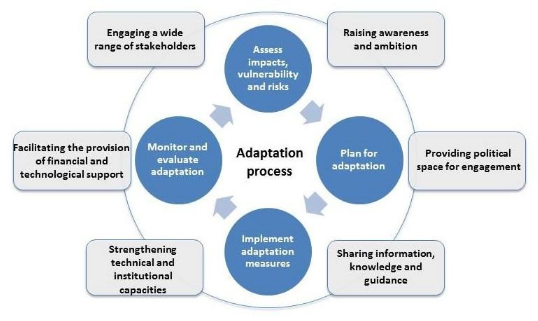Context:
The Reserve Bank of India’s (RBI) Department of Economic and Policy Research (DEPR) said in its Report on Currency & Finance 2022-23 that the cumulative total expenditure for adapting to climate change in India is estimated to reach ₹ 85.6 lakh crore (at 2011-12 prices) by 2030.
Findings of the report ” Towards a Greener Cleaner India”:
- Efforts needed: India’s goal of achieving the net zero target by 2070 would require an accelerated reduction in the energy intensity of GDP by about 5% annually and a significant improvement in its energy mix in favour of renewables to about 80% by 2070-71.
- Fund Estimates: India’s green financing requirement is estimated to be at least 2.5% of GDP annually till 2030 to address the infrastructure gap caused by climate events.
- Fund allocation: The financial system may have to mobilise adequate resources and also reallocate current resources to contribute effectively to the country’s net zero target.
- Climate vulnerability of banks: Results of a climate stress test reveal that public sector banks (PSBs) may be more vulnerable than private sector banks.
What is adaptation to climate change ?
- Adaptation refers to adjustments in ecological, social or economic systems in response to actual or expected climatic stimuli and their effects.
- It refers to changes in processes, practices and structures to moderate potential damages or to benefit from opportunities associated with climate change.
- In simple terms, countries and communities need to develop adaptation solutions and implement actions to respond to current and future climate change impacts.
- Adaptation can range from building flood defences, setting up early warning systems for cyclones, switching to drought-resistant crops, to redesigning communication systems, business operations and government policies.

Image source: unfccc.int News Source: The Hindu
![]() 4 May 2023
4 May 2023
